Hache Primitive MUN-GI YANG
- Dimensions : 30 × 42 × 11 cm
- Year : 2016
- Material : Engraved stone Wood
- Editions : Unique work
- Signature : Signed with the artist's stamp
- Mouvement : Pop art
- Thèmes : Artiste inspirés par les logos
3 000.00€ inc. Vat
More informations
In the “Sapiens” series, the surface of the stone is transformed into a prehistoric cave wall where men drew food, animals and fish that they wanted to catch while hunting in order to stay alive. These works are presented as documents that allow us to reason by analogy about the beginnings of our civilization. These drawings, more than words, are immediately transmissible and universal.
The desire to catch a bison, a deer or a fish projected on the wall of the cave, refers to our current desire to possess objects and food. By engraving fish and wild animals on my stone bag, I in turn mark this desire to keep myself alive.
It is this human desire that is the original principle of civilization and culture. This will to survive is also found in the form of the stone ax as a survival tool. They accompanied the beginnings of the history of man in the process of his becoming-conqueror on Earth. The stone ax is made of a natural stone, the size of a fist, and a wooden handle. It is both the extension of the body and the extension of intelligence. This is the beginning of sapiens thinking. The handle of the prehistoric stone ax had resulted in facilitating the actions of homo-sapiens.
ARTIST
Mun-Gi Yang was born in 1970 in Gwangju, South Korea. He graduated from Fine Arts at Chosun University.
In 2012, the artist-sculptor presented Story of LUXURY STONE at the Okgwa Museum of Art, South Korea. This exhibition revealed the particular attention he pays to the meaning and symbolism of the luxury bag by exploiting the aesthetic potential of stone. In this exhibition, 45 works proposed to question the nature of the object and the human being and the structure of social mechanisms in the elaboration of contemporary desires. These Luxury stones, although initially appearing as parodic works on Chinese counterfeit bags from major brands such as Louis Vuitton or Chanel, go far beyond a simple imitation or representation of these objects. By the very characteristics of these stone objects, the useful function of the bag disappears. Losing all functionality, the object is now transformed into a symbol-object, an icon.
Read more...
Shop
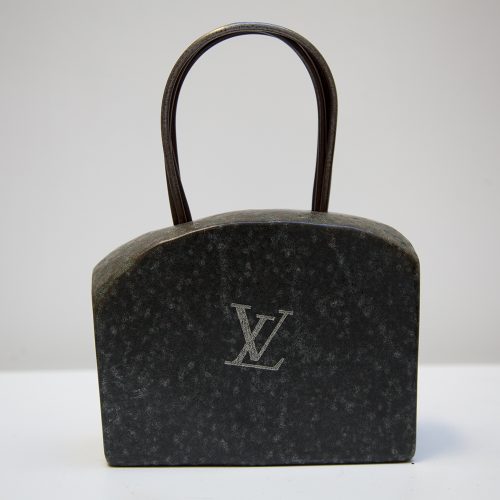 Luxury Stone 2206 #1MUN-GI YANG
Luxury Stone 2206 #1MUN-GI YANG
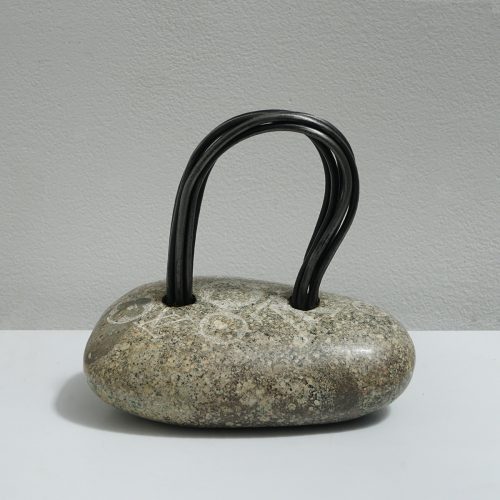 Luxury stone 1912 #3MUN-GI YANG
Luxury stone 1912 #3MUN-GI YANG
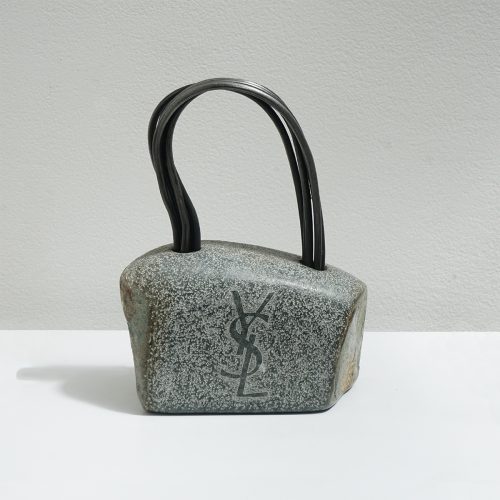 Luxury stone 1912 #2MUN-GI YANG
Luxury stone 1912 #2MUN-GI YANG
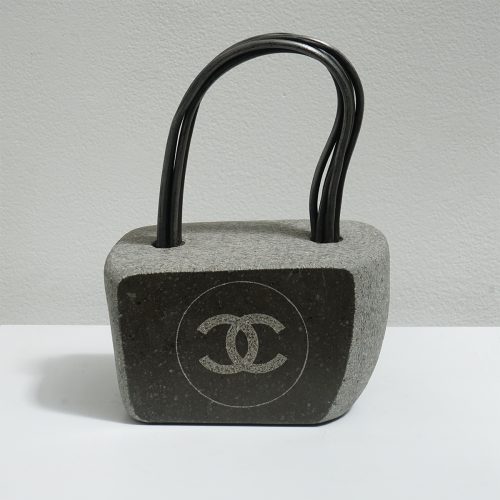 Luxury stone 1911 #2MUN-GI YANG
Luxury stone 1911 #2MUN-GI YANG
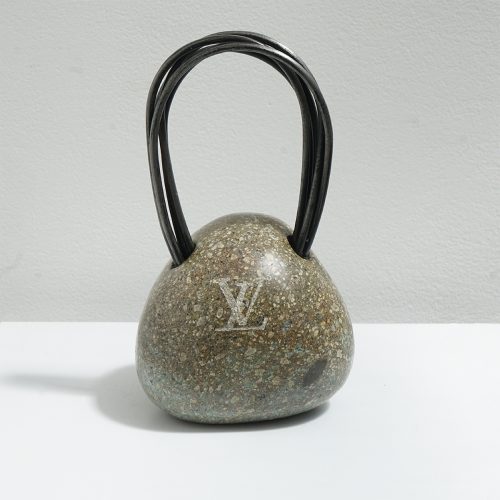 Luxury stone 1911 #1MUN-GI YANG
Luxury stone 1911 #1MUN-GI YANG
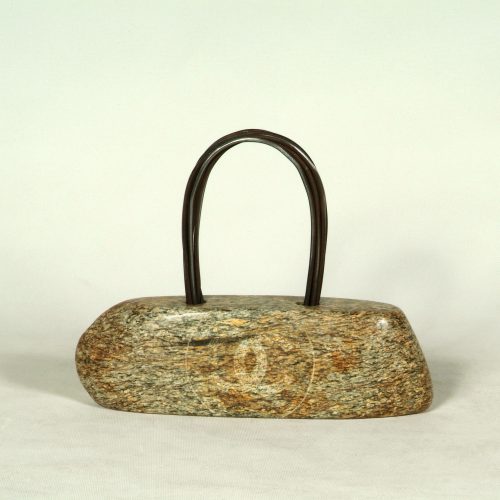 CHAIN CHANEL Gold – Luxury Stone 1703 #2MUN-GI YANG
CHAIN CHANEL Gold – Luxury Stone 1703 #2MUN-GI YANG
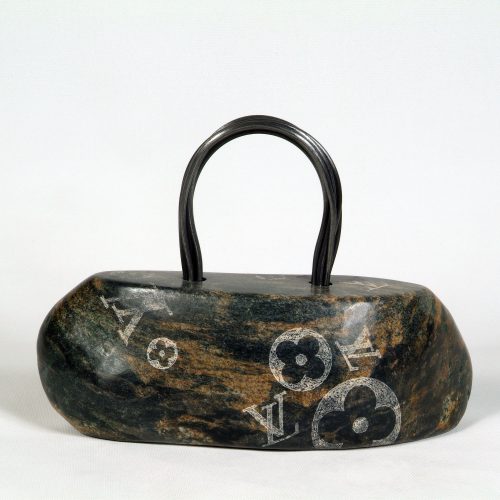 Tiger Vuitton – Luxury Stone 1803 #2MUN-GI YANG
Tiger Vuitton – Luxury Stone 1803 #2MUN-GI YANG
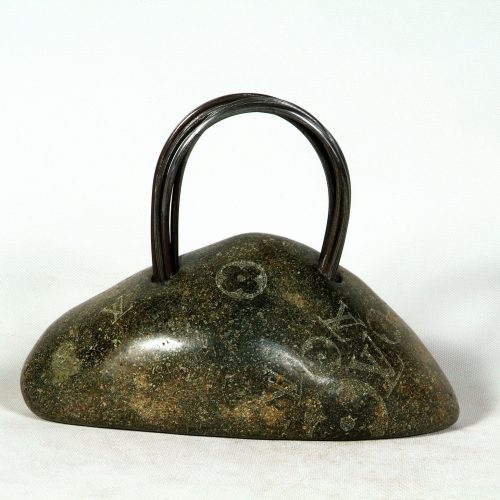 BUCKET VUITTON – Luxury Stone 1612 #2MUN-GI YANG
BUCKET VUITTON – Luxury Stone 1612 #2MUN-GI YANG
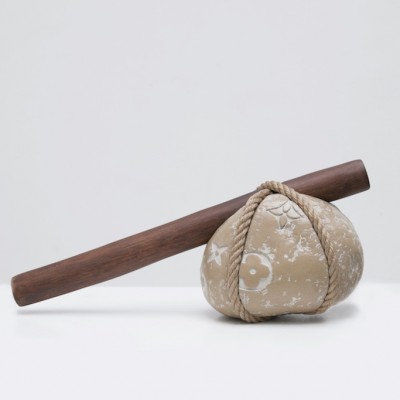 Chic RocksMUN-GI YANG
Chic RocksMUN-GI YANG
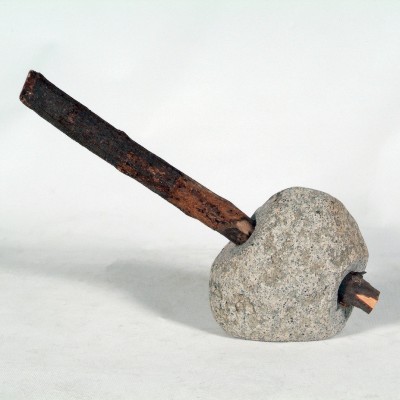 Hache PrimitiveMUN-GI YANG
Hache PrimitiveMUN-GI YANG
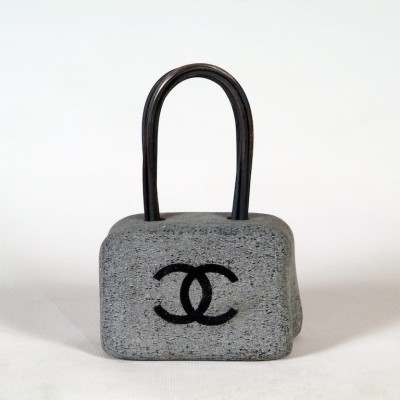 Grey Chain ChanelMUN-GI YANG
Grey Chain ChanelMUN-GI YANG
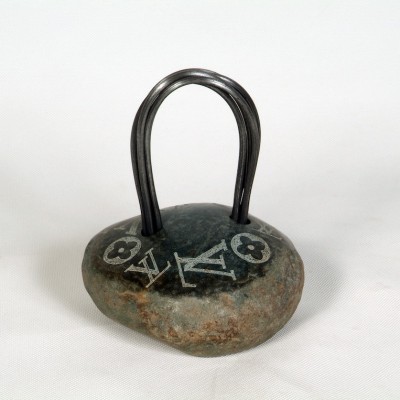 Bucket Vuitton No.3MUN-GI YANG
Bucket Vuitton No.3MUN-GI YANG
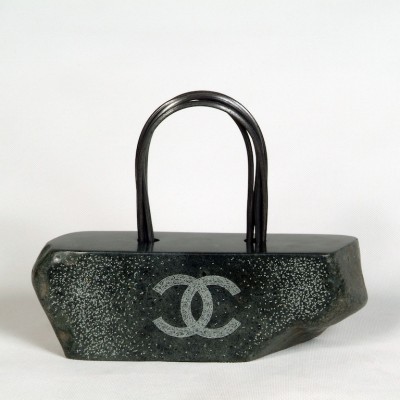 Black Chain ChanelMUN-GI YANG
Black Chain ChanelMUN-GI YANG
The same artist
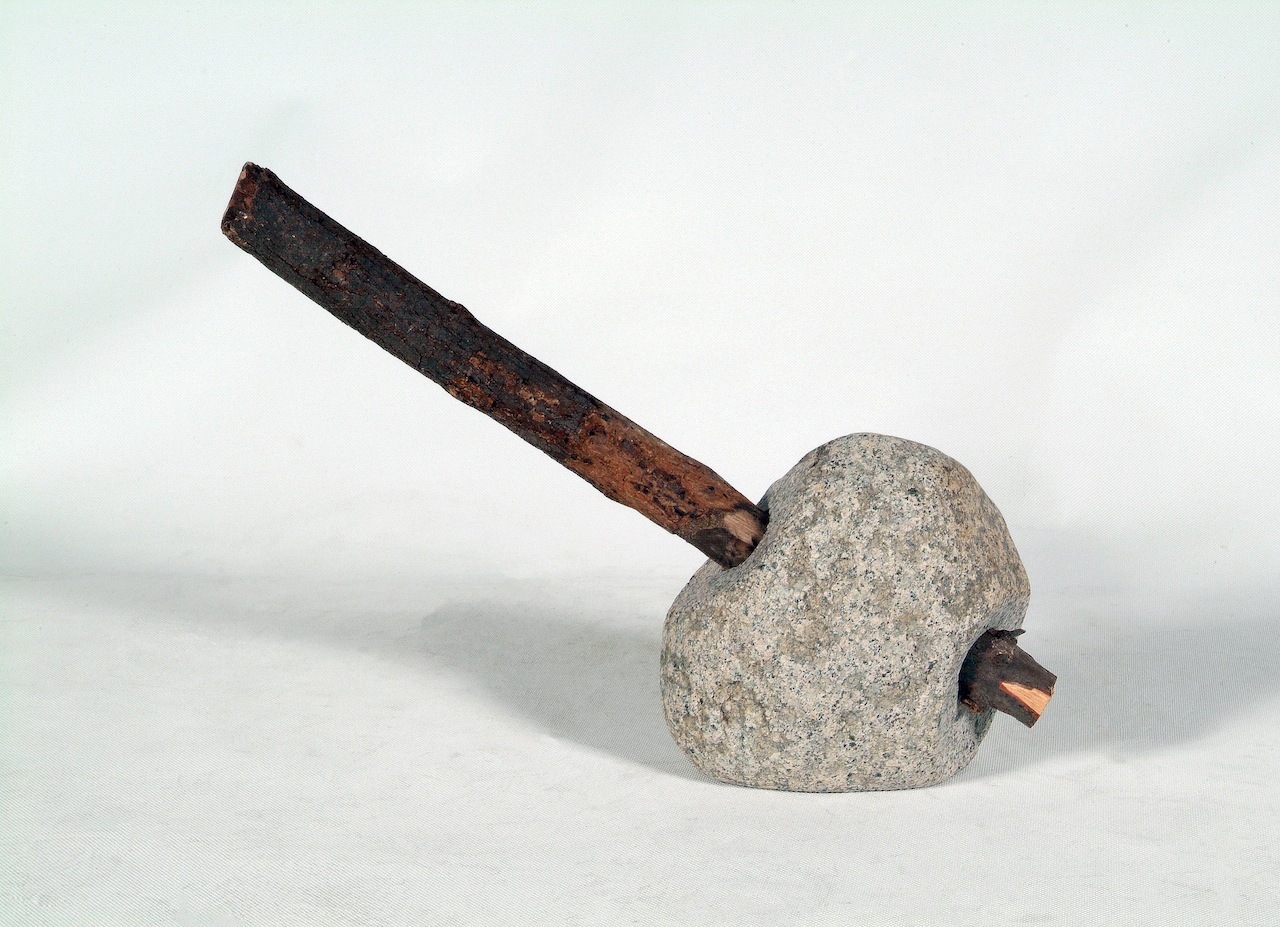
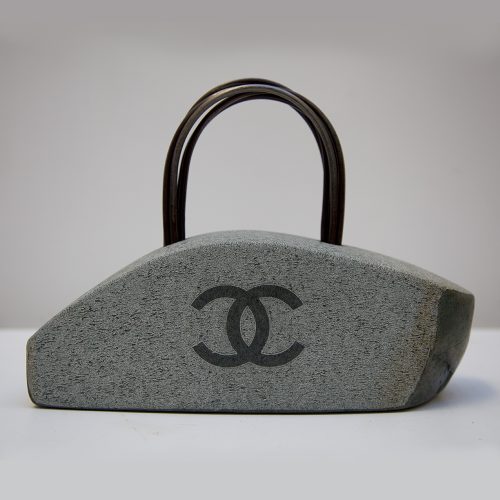 Luxury Stone 2204 #1
Luxury Stone 2204 #1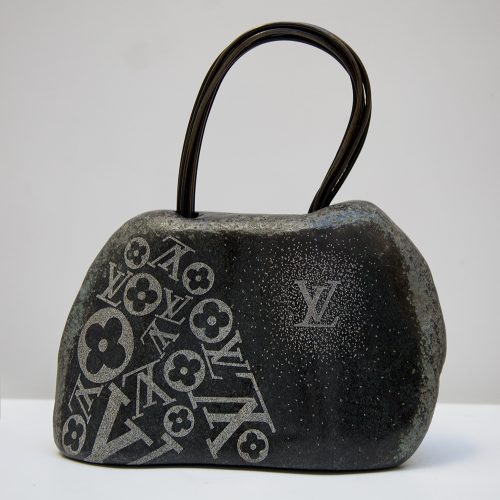 Luxury Stone 2108 #1
Luxury Stone 2108 #1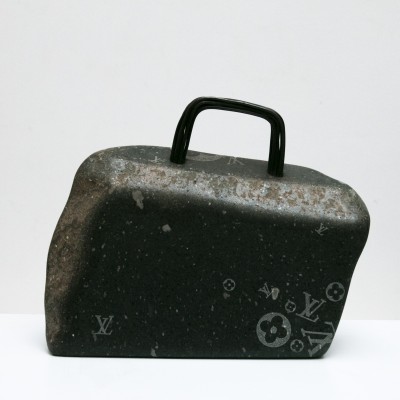 Black Duffel Vuitton
Black Duffel Vuitton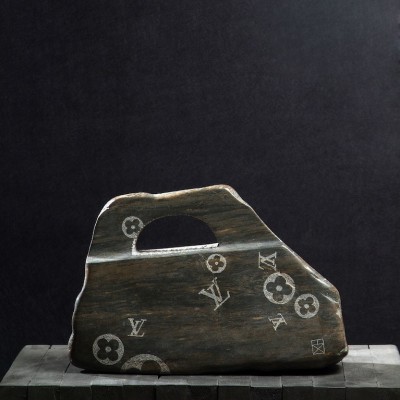 Satchel Vuitton No.2
Satchel Vuitton No.2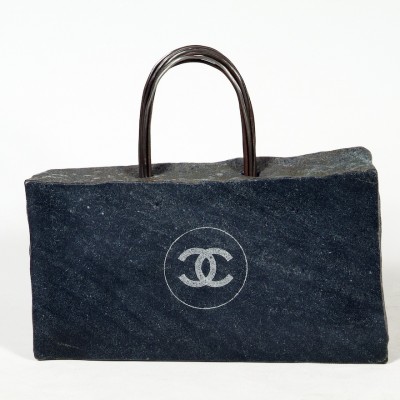 Swagger Chanel
Swagger Chanel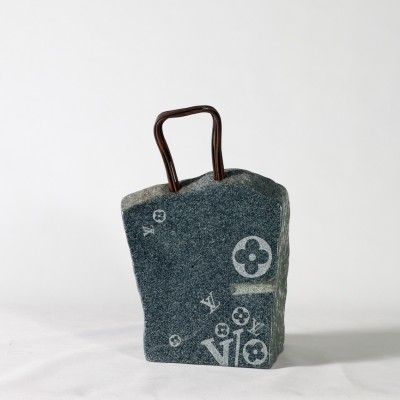 Tote Vuitton
Tote Vuitton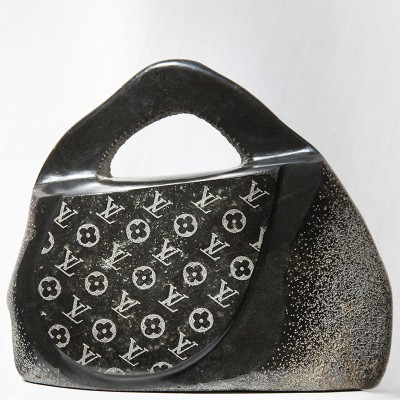 LUXURY STONE – LV
LUXURY STONE – LV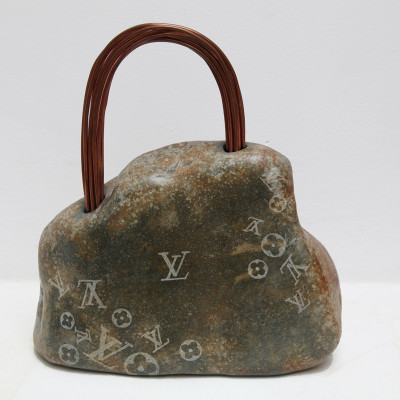 LUXURY STONE-Louis Vuitton – Grey
LUXURY STONE-Louis Vuitton – Grey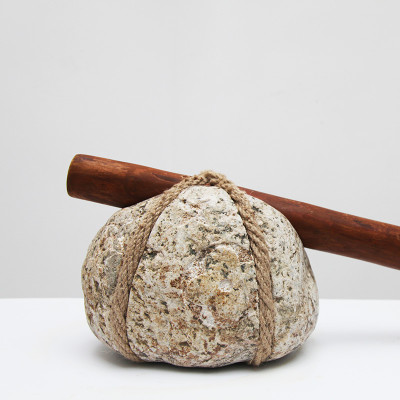 Luxury Stone-Louis Vuitton
Luxury Stone-Louis Vuitton